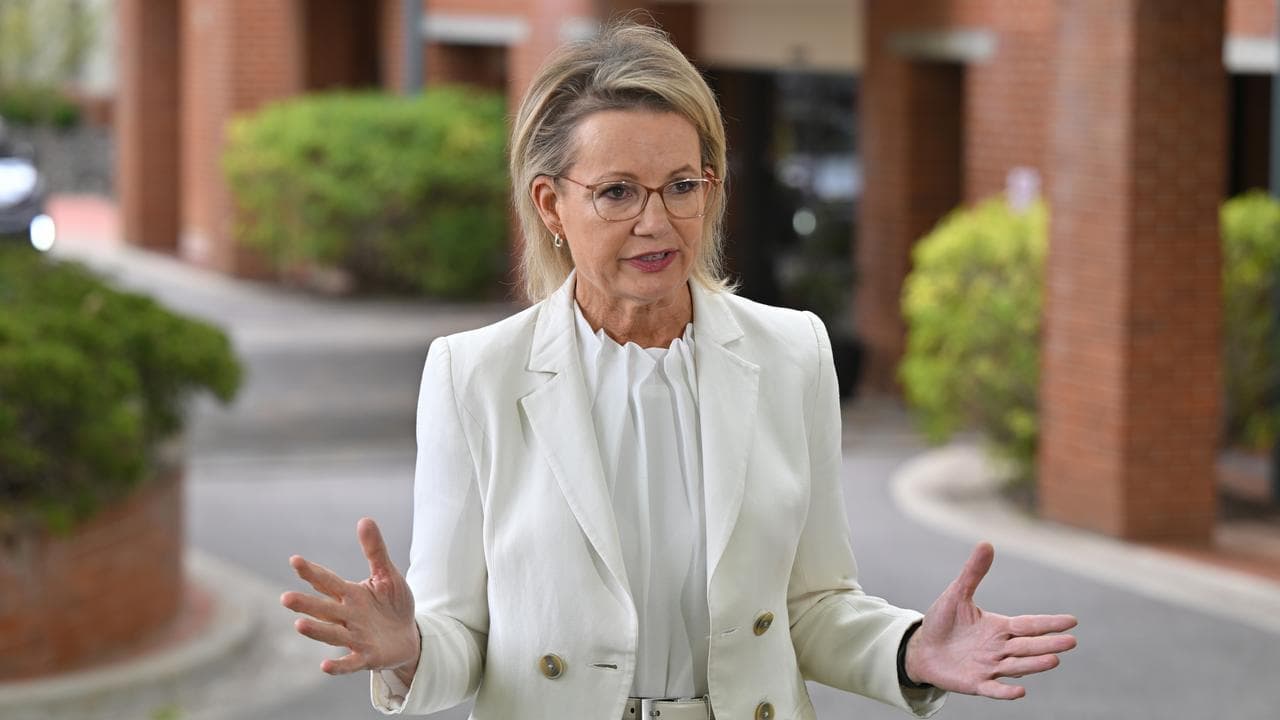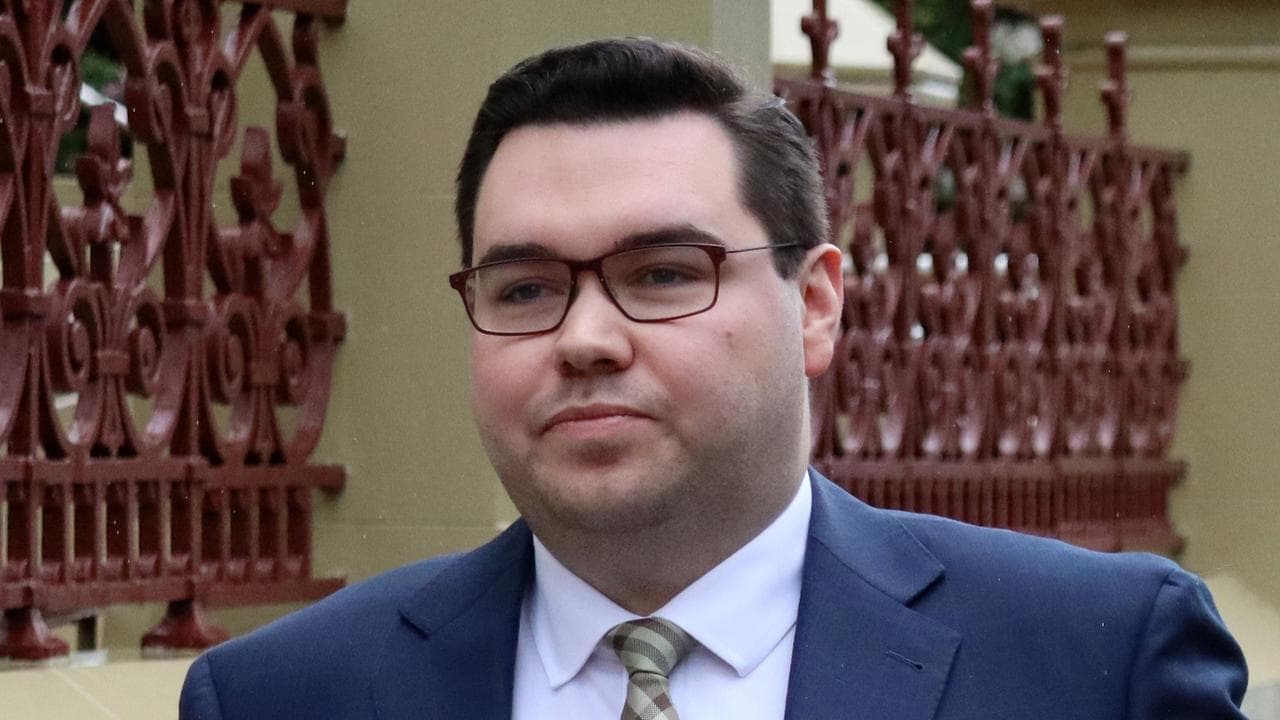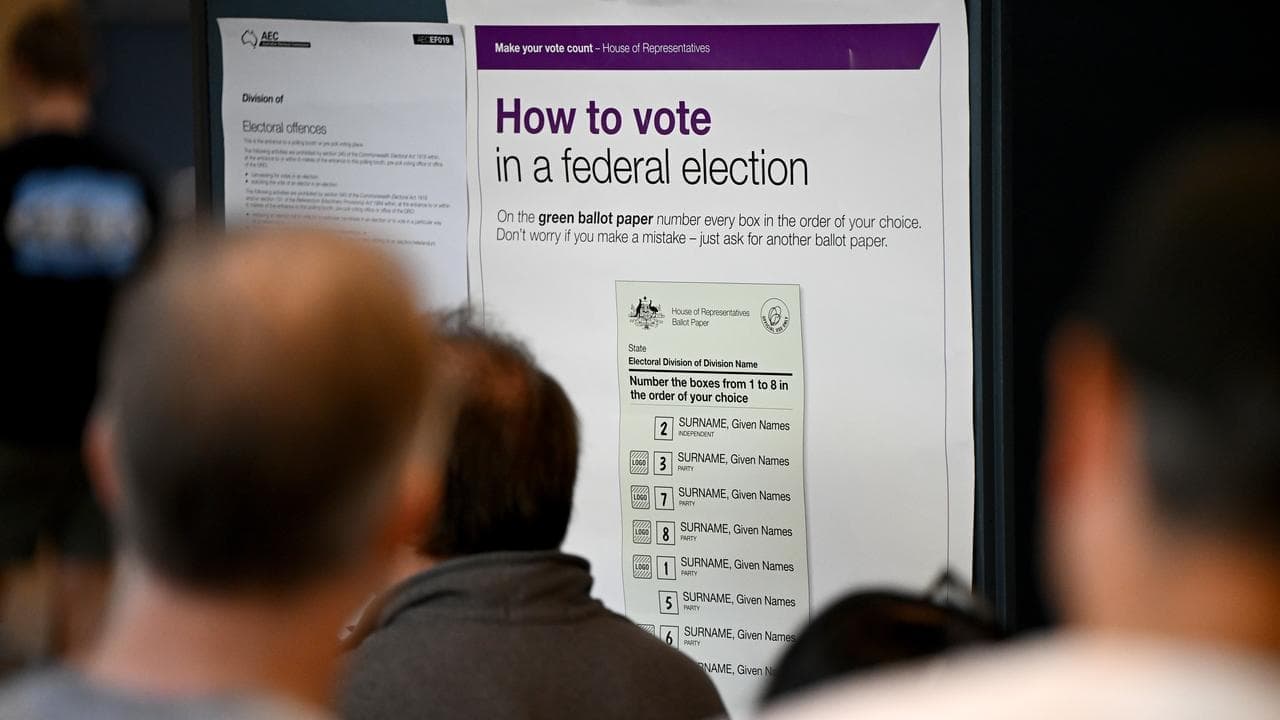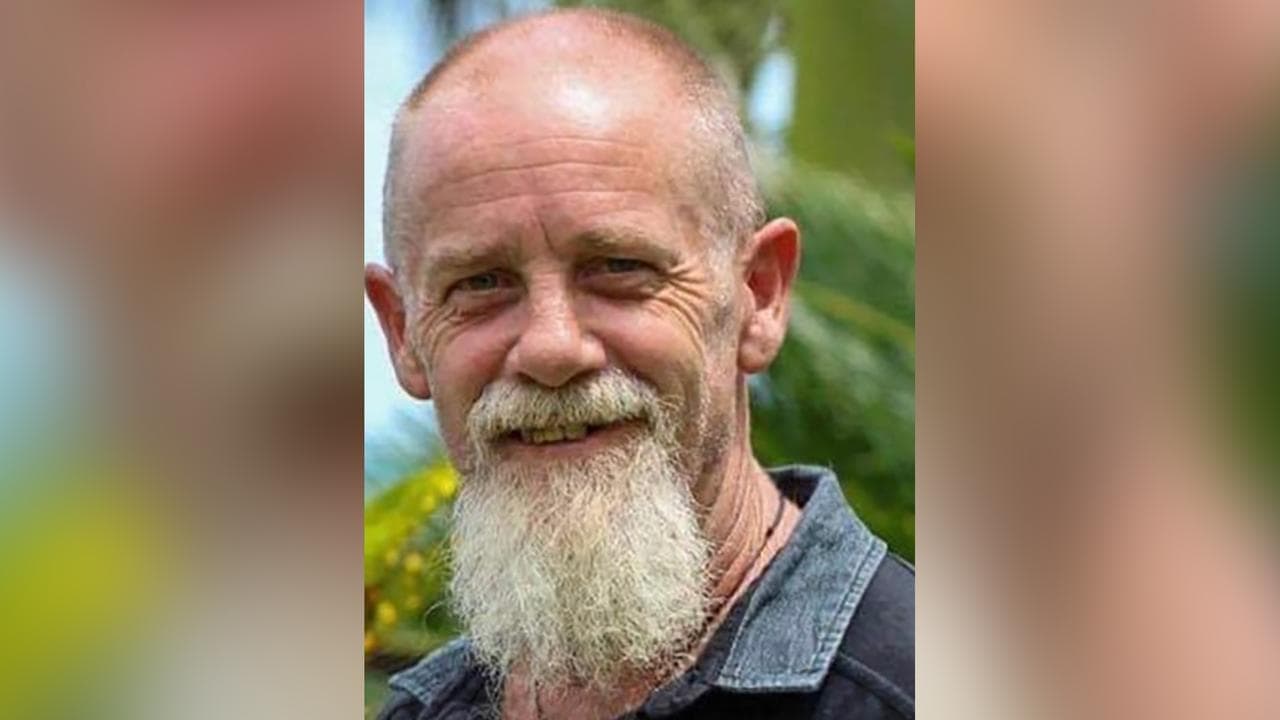WHAT WAS CLAIMED
Japan has installed two underground mini nuclear reactors on Hokkaido island.
OUR VERDICT
False. The two reactors do not exist.
AAP FACTCHECK - Japan's second largest island is not operating small-scale underground nuclear reactors capable of powering communities for 10 years without refuelling or staff.
Social media posts are promoting the supposed shipping container-sized "Yoroi reactors" as a bold new nuclear innovation, but experts and authorities told AAP FactCheck it does not exist.
The claim is being widely shared online, with examples on Facebook, Instagram and X.
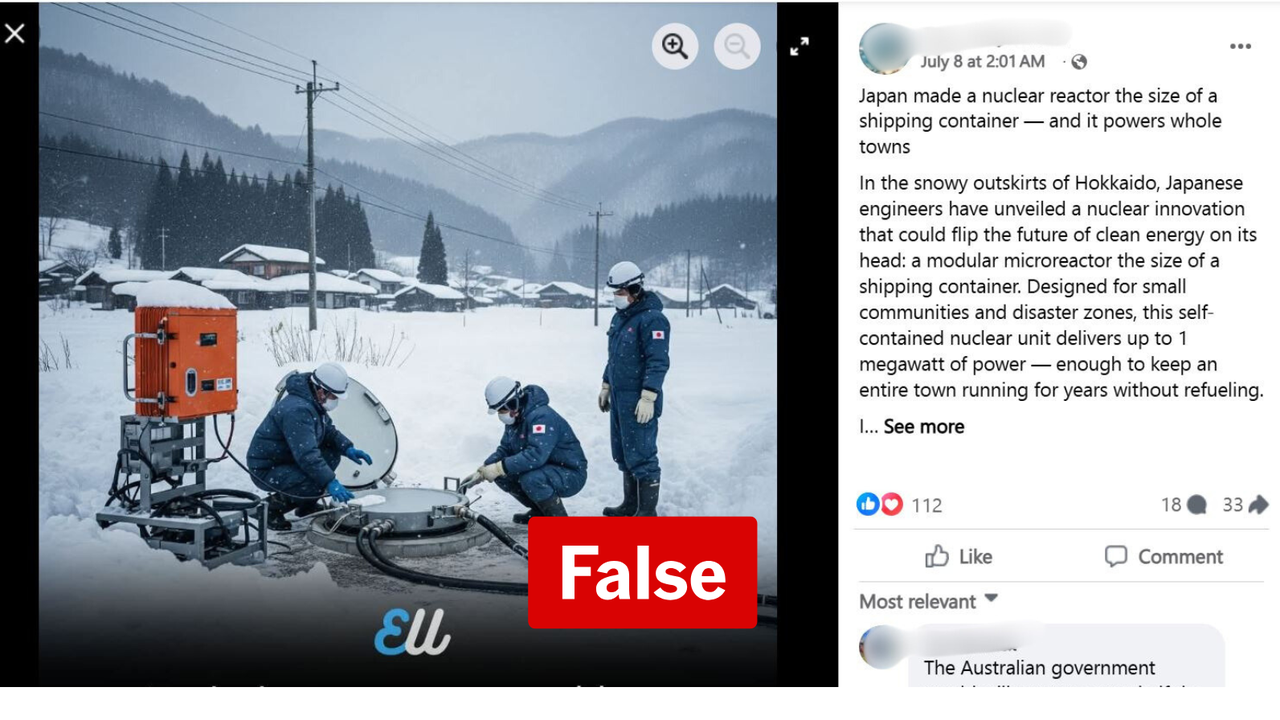
"Japan has developed a groundbreaking nuclear innovation called the Yoroi Reactor — a microreactor no larger than a shipping container," a Facebook post states.
It claims the unit can provide energy for a decade without refuelling and doesn't require on-site staff.
"Two Yoroi Reactors are already powering remote towns in Hokkaido, Japan, replacing dirty diesel generators with zero-emission energy."
Other versions of the claim mention the reactor is being built by a private consortium in partnership with Japan's National Institute for Fusion Science (NIFS).
However, there is no evidence that these reactors exist.
The earliest social media post that AAP FactCheck could find is from July 7, 2025, by a Facebook page that publishes unlikely science and technology news.

Posts by the page lacked credible sources or verifiable details and were accompanied by what appear to be AI-generated images.
An internet search of keywords about the alleged reactors revealed that a similar version of the text was published by a technology blog on July 11.
The article stated Japan's Ministry of Economy, Trade and Industry (METI) had publicly announced its intention to scale deployment and install 50 Yoroi units across the country by 2030.
However, a disclaimer at the end of the article states: "Portions of this article may have been developed with the assistance of artificial intelligence".
METI spokeswoman Mari Seki told AAP FactCheck the ministry was not aware of any information regarding the supposed reactors.
NIFS spokesperson Kazuya Takahata said the claim was entirely inaccurate.
"I would like to clarify that NIFS is not involved in any research, development, or operation related to the so-called 'YOROI Reactor'," he told AAP FactCheck.
Hokkaido already hosts a nuclear power facility run by the Hokkaido Electric Power Company (HEPCO).

Unlike the reactors described in the social media posts, the Tomari Nuclear Power Plant uses pressurised water reactors.
Its reactors are currently not operating due to a nationwide shutdown following the 2011 Fukushima nuclear disaster. However, one unit has recently been approved by the Nuclear Regulation Authority and is due to restart in 2027.
A HEPCO spokesperson told AAP FactCheck said the company was not aware of any information regarding the Yoroi reactors.
Tony Irwin, a nuclear power expert at the Australian National University, said he believes the claims are fabricated.
"The Japanese nuclear regulator would need to license any nuclear reactor and there is no record on the regulator's website of any licence issued or even any pre-licensing activities," he explained.
"I follow nuclear reactor developments worldwide and I am sure that information about Yoroi would have been known about long before actual deployment."
The Yoroi reactors described in the social media posts share similarities with micro modular reactors (MMRs), a new type of nuclear reactor that is still in development.
Assoc Prof Irwin said these are in the late stages of development in some countries, including the US.
These reactors could generate between one and 10 megawatts of energy and are designed to fit into shipping containers, making them easily transportable.
He pointed to the eVinci model being developed by Westinghouse or the Kaleidos design from Radiant Industries.
However, he noted that microreactors were not yet operating anywhere in the world.
Microreactors are a subset of small modular reactors (SMRs) that have a capacity of up to 300 megawatts, according to the International Atomic Energy Agency.
As of February 2025, there were three operating SMRs: in China and Russia, and a research reactor on Japan's largest island, Honshu, according to the OECD Nuclear Energy Agency (page 54
AAP FactCheck is an accredited member of the International Fact-Checking Network. To keep up with our latest fact checks, follow us on Facebook, Instagram, Threads, X, BlueSky, TikTok and YouTube.







